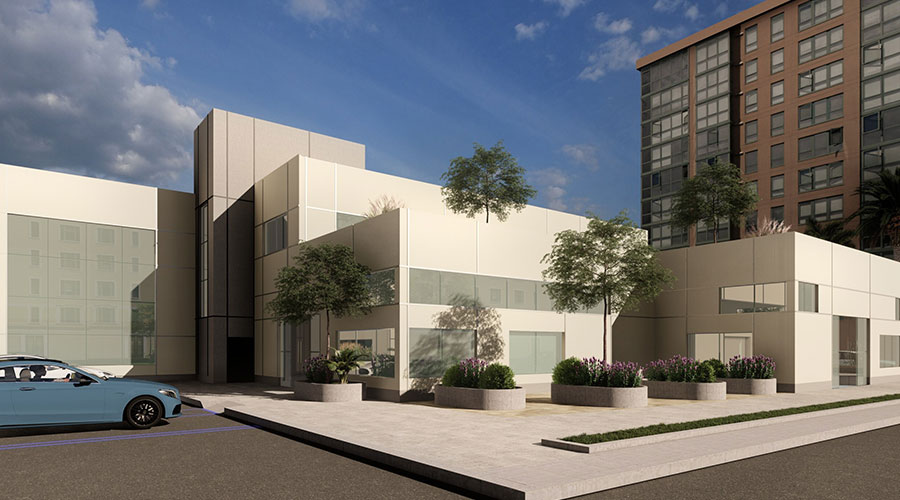Efficient ED design is important both to patient care and to reduce waste and provide, according to an article on the Health Facilities Management website.
Efficient triage areas and departmental layouts that separate low-acuity patients from those in need of more acute care can be central to increasing efficiency and decreasing wait times.
At Anne Arundel Medical Center in Annapolis, Md., a rapid clinical evaluation area and several blood draw stations near the front of the ED help to move low-acuity patients through the treatment process efficiently, the article said.
In the ED at Hartford HealthCare’s MidState Medical Center, Meriden, Conn., patients are greeted in the lobby and registered and assessed by a doctor or nurse; there’s no front area called a waiting room.

 UF Health Hospitals Rely on Green Globes to Realize Their Full Potential
UF Health Hospitals Rely on Green Globes to Realize Their Full Potential How Healthcare Facilities Can Be Truly Disaster-Resilient
How Healthcare Facilities Can Be Truly Disaster-Resilient TriasMD Breaks Ground on DISC Surgery Center for San Fernando Valley
TriasMD Breaks Ground on DISC Surgery Center for San Fernando Valley Bigfork Valley Hospital Falls Victim to Data Breach
Bigfork Valley Hospital Falls Victim to Data Breach AI-Driven Facilities: Strategic Planning and Cost Management
AI-Driven Facilities: Strategic Planning and Cost Management